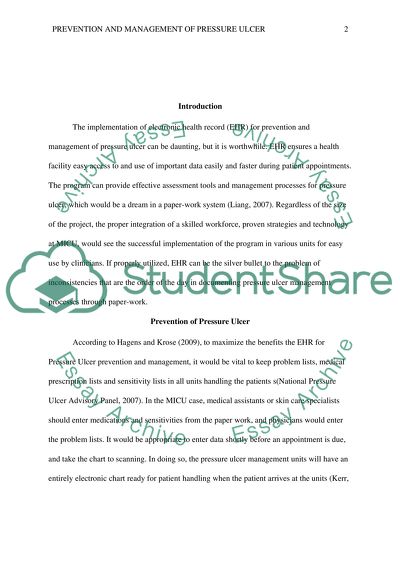Cite this document
(“Implementing Electronic Health Record innovations for Pressure Ulcer Essay”, n.d.)
Retrieved from https://studentshare.org/nursing/1459602-implementing-electronic-health-record-innovations
Retrieved from https://studentshare.org/nursing/1459602-implementing-electronic-health-record-innovations
(Implementing Electronic Health Record Innovations for Pressure Ulcer Essay)
https://studentshare.org/nursing/1459602-implementing-electronic-health-record-innovations.
https://studentshare.org/nursing/1459602-implementing-electronic-health-record-innovations.
“Implementing Electronic Health Record Innovations for Pressure Ulcer Essay”, n.d. https://studentshare.org/nursing/1459602-implementing-electronic-health-record-innovations.


